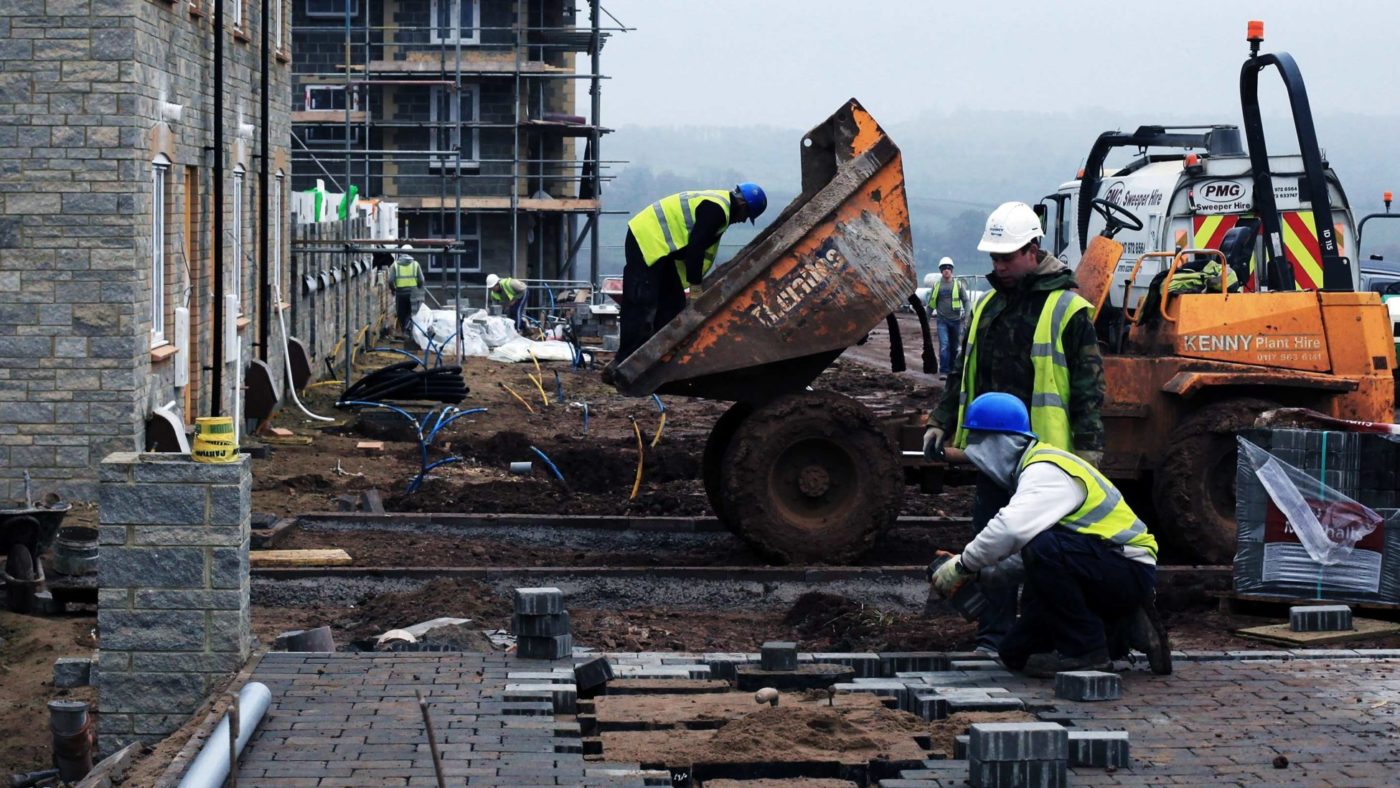Unlike most issues in politics today, there is widespread agreement that the UK is facing a housing crisis.
While new-build volumes have risen since the financial crisis of 2008/09, they are still way short of the 300,000 per year target that used to be achieved comfortably in the 1950s.
In recent decades, the combination of higher net immigration and a general rise in income – a key house-building driver – has put pressure on the housing market. Not surprisingly, inadequate supply has seen house prices rise sharply, even allowing for the latest down-turn in London, while regional price disparities have widened markedly – they are now at unprecedented levels.
As such, many aspiring home-owners, especially those under 35, seeking a property in the more prosperous areas of the country, are being priced out of the market. Whilst a lucky few can raise a deposit from family members, many cannot.
Furthermore, obtaining the necessary mortgage is harder than before the financial crisis – lower Loan-to-Value (LTV) ratios are being prescribed by lenders.
As a result, many younger people have accepted – mostly reluctantly – that renting is their best available option.
Importantly, since the financial crisis, the number of small house-builders has fallen away quite sharply. As such, it is the three largest Volume House-Builders (VHBs) – Persimmon, Barratt and Taylor Wimpey – who are the sector’s ring-masters. This trio is building around 50,000 houses annually and they continue to deliver enviable returns each year to their shareholders. More new houses, higher average prices, increased profits, a rising share price and robust dividend growth.
So how can they and their smaller counterparts be encouraged to build more homes?
My latest paper published by the Adam Smith Institute – ‘Build, Baby, Build!’ – analyses the current state of the UK housing market and highlights its many failings. I put forward various proposals to kick-start house-building, which is recovering well from the dire position it faced in the aftermath of the financial crisis a decade ago.
In crude economic terms, the demand for new homes is there but the supply is not; hence, prices rise. Whilst house-builders periodically lament the lack of brick-layers – and indeed the shortage of bricks – the perennial culprit is the UK’s planning system, epitomised by the Town and Country Planning Act 1947.
Navigating around current planning legislation is desperately complex and time-consuming, something that small builders have found particularly challenging. In many cases, complex and – in some cases – unnecessary constraints stymie the house-building sector.
In short, planning policy needs a major overhaul, especially in those areas where Local Authorities have been dragging their feet.
The planning principle should be more closely aligned to permitting house-building unless there is a strong reason not to do so.
Furthermore, there should be clear incentives to build on brown-field sites where new housing will have undoubted beneficial effects locally.
For years, major cities, notably London, have been protected by Green Belts. In some cases, this protection is eminently justifiable; in others, it is not. Parts of the Green Belt area are run-down and would actually benefit from new housing. Allowing some house-building on Green Belt sites, especially within a mile of a railway station, has obvious appeal.
And, within the public sector, there are pockets of underused or unused land, some of which would be suitable for new housing. In particular, the Ministry of Defence owns many acres of land, some of which is certainly surplus to requirements
In terms of new-build numbers, delivering major housing estates would certainly been beneficial. Indeed, the Letwin land-banking enquiry recommended special criteria for sites which are to accommodate over 1,500 units.
To ensure that these – and other similar sites – can be developed, there is a strong case for establishing a few Infrastructure Development Zones (IDZs), which could enable the building of both infrastructure and housing, with reduced planning requirements and some financial incentives.
During the post-war period, new towns played a key role in providing additional homes. Some of the designs were far from ideal but regenerating the new town principle should be supported.
However, whilst the Government has proposed several sites, real drive – and focus – are needed to deliver the various projects.
In summary, the Government needs to do better than simply stating that housing is a priority – after Brexit presumably – and exhorting house-builders to construct more homes. It should focus on a campaign of deregulation – starting on the planning front.
CapX depends on the generosity of its readers. If you value what we do, please consider making a donation.


